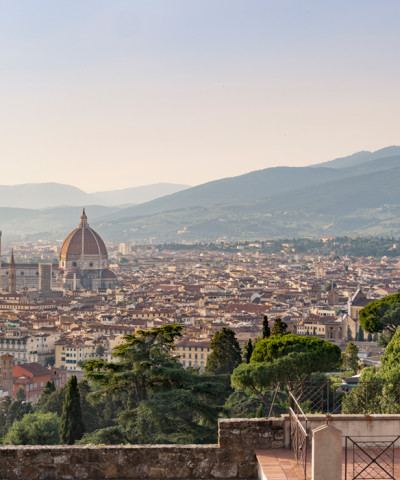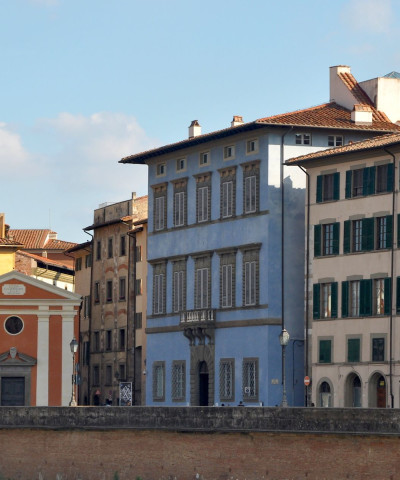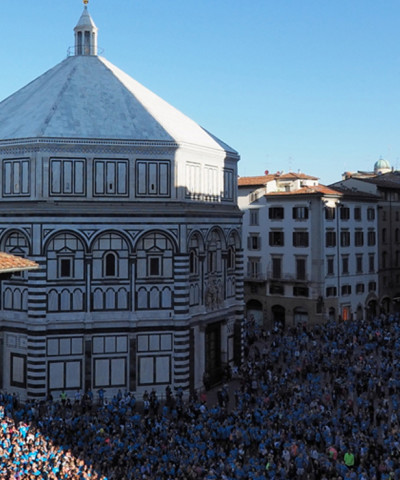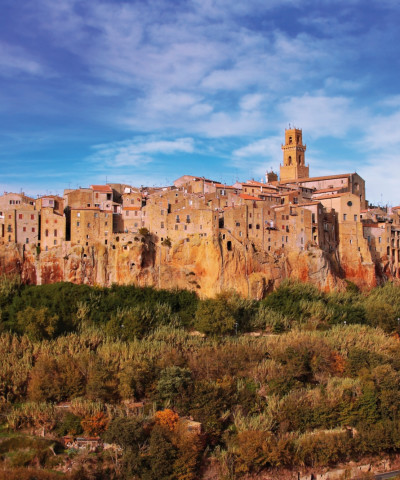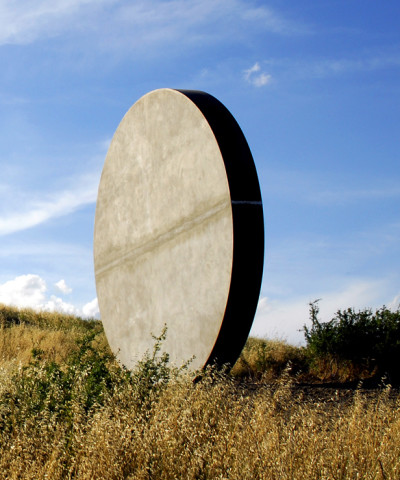Eike Schmidt takes us on a tour of the Vasari Corridor
Let's get to know better together with the Director of the Uffizi Galleries the unmissable Prince's Route that will reopen in May 2024
Our latest interview with the ex director of the Uffizi Galleries Eike Schmidt to talk about the Vasari Corridor. Here's everything you need to know about this wonderful covered walkway that links Palazzo Vecchio to Palazzo Pitti!
Tell us about this ambitious new project?
The Vasariano has been the subject of colossal restoration work to return it to its original 'Vasarian' appearance, altered in the post-war restorations; it will also be made accessible to visitors with motor disabilities by means of lifts and ramps. Seventy-three windows that were previously obscured will be opened, offering unique views of the city. In short, it will be a magical walk in the heart of Florence's art, history and memory.
Where have the self-portraits been moved?
It is the world's largest and oldest collection of self-portraits, visible in the Uffizi, where they were originally located. There are no less than 14 rooms housing some of the approximately 2,000 self-portraits in the Uffizi. From those of Raphael to Bernini via Vasari, Chagall and Morandi, just to give a few examples. Obviously if the self-portraits of the old masters will always remain on display, for those of contemporary artists we have devised a system of rotation, so that we can always offer visitors something new, even those who return several times. This system will also allow us to show the continuous growth of the collection in real time.
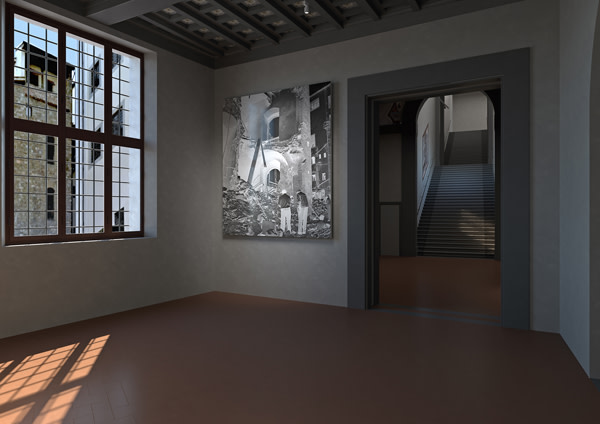 Vasari Corridor
Vasari CorridorThe corridor will be visited in a single direction, from the Uffizi to Palazzo Pitti and the Boboli Gardens, so the Uffizi and Palazzo Pitti will be reunited at last. What will this mean for visitors?
For visitors who wish to do so, it will become a huge covered walkway inside one of the most important monumental complexes in the world. Just consider that you’ll be able to walk into the Palazzo Vecchio, across the entire second floor of the Uffizi, enter the corridor that crosses over the Arno and winds its way between the houses, looking out over the church of Santa Felicita before leaving next to the Buontalenti Grotto in the Boboli Gardens. It’s known as the “Prince’s Way”, but you need to be an athletic prince. The shortest route, focusing on the corridor alone, means that the visit will begin on the ground floor of the Uffizi, featuring rooms dedicated to the history of the Medici and the Uffizi itself, before carrying on into the corridor as a unique experience with aerial views over the city and the river. The exit is the same one in the Boboli Gardens. There will also be a space concentrating on the sixteenth-century frescoes that once adorned the corridor’s external vaults over the Ponte Vecchio, according to Giorgio Vasari’s wishes. As well as the views, the route will also have an historic purpose, which is why two points along the walkway will host memorials: the first, by via dei Georgofili, where visitors can see where a mafia bomb exploded in 1993, killing five people; and the second, having just crossed the Ponte Vecchio, will focus on the devastation of Florence’s historic centre by Nazi troops.”
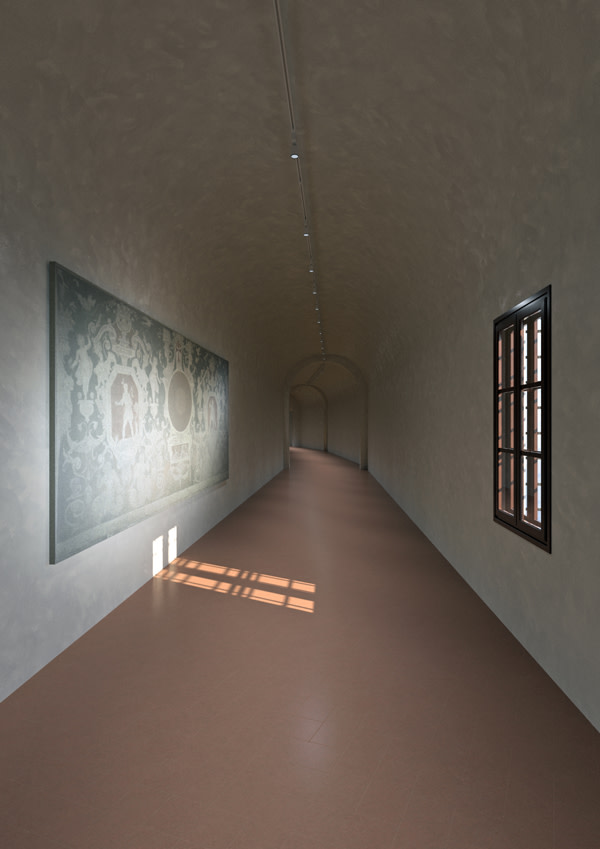 Vasari Corridor
Vasari CorridorYou’ve made major changes during the first part of your tenure. What are you most proud of?
I have to admit that every single project we’ve completed makes me happy because they have always been the result of a group effort. I think, for instance, about the opening of the rooms dedicated to the sixteenth century, thanks to the tireless work of many colleagues, with extraordinary self-sacrifice, who made this project happen. The hardest challenge, however, was undoubtedly developing a system to cut the queues at the Uffizi. When I announced it on my arrival at the Uffizi, nobody believed it. Now it’s underway. We use the system when the museum is open for free. Previously the queues snaked their way across piazza della Signoria. Now the project is being implemented.
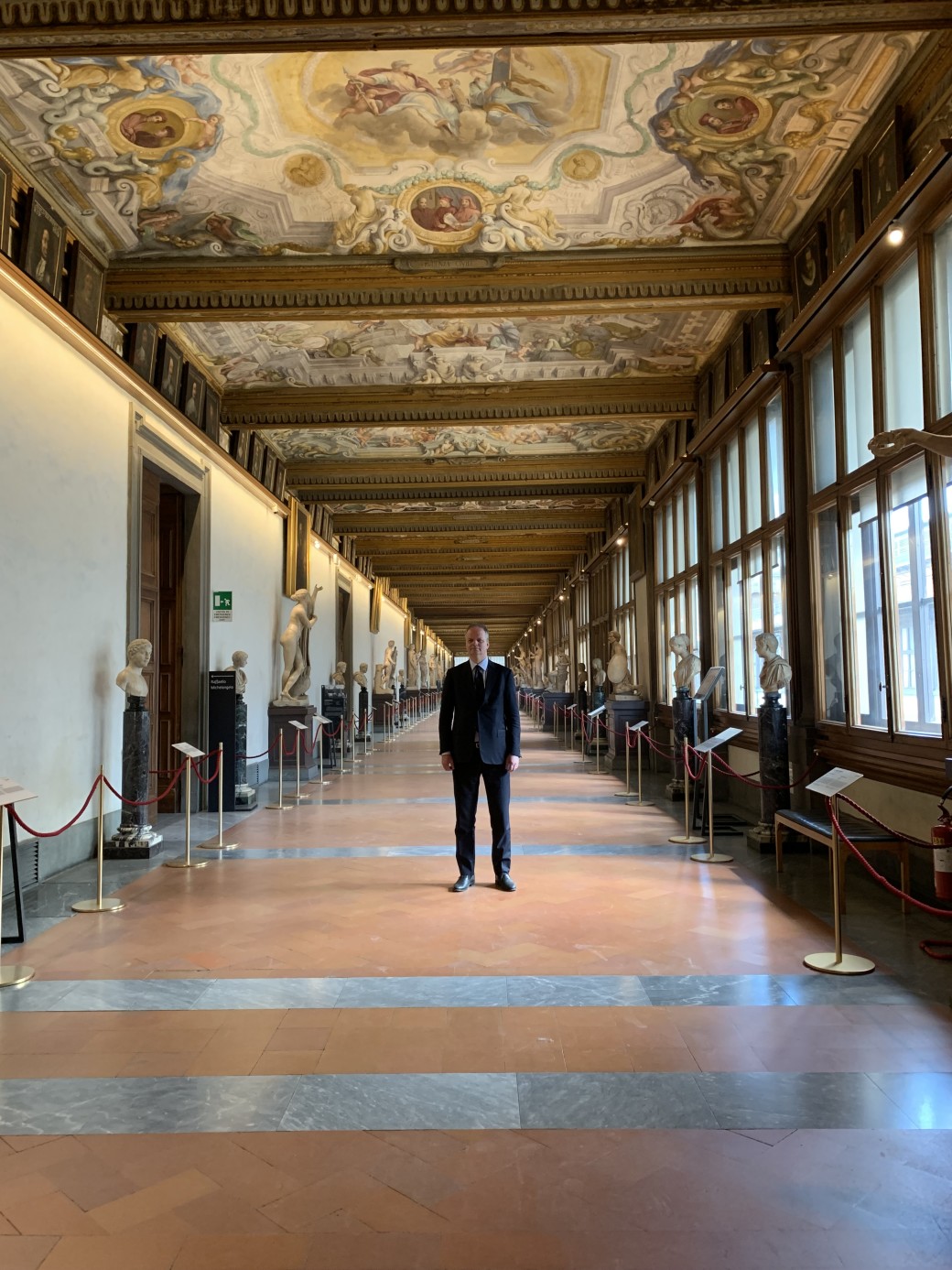 Eike Schmidt inside the Uffizi
Eike Schmidt inside the Uffizi10 artworks that now have to be seen in the Uffizi?
Thankfully, the Uffizi has many pieces of art that simply must be seen. I always say that we don’t have one Mona Lisa, but many: perhaps 40 or more. My advice is to come back often to see them all and to savour the new displays. Among the 10 artworks that have to be seen are those by Giotto, Masaccio, Piero della Francesca, Botticelli, Leonardo, Raphael, Michelangelo, Titian, Caravaggio and Artemisia Gentileschi: that’s ten artists and for each of them, with the exception of Michelangelo, we have more than one work on display. It’s up to the visitor to choose the work of their choice.









